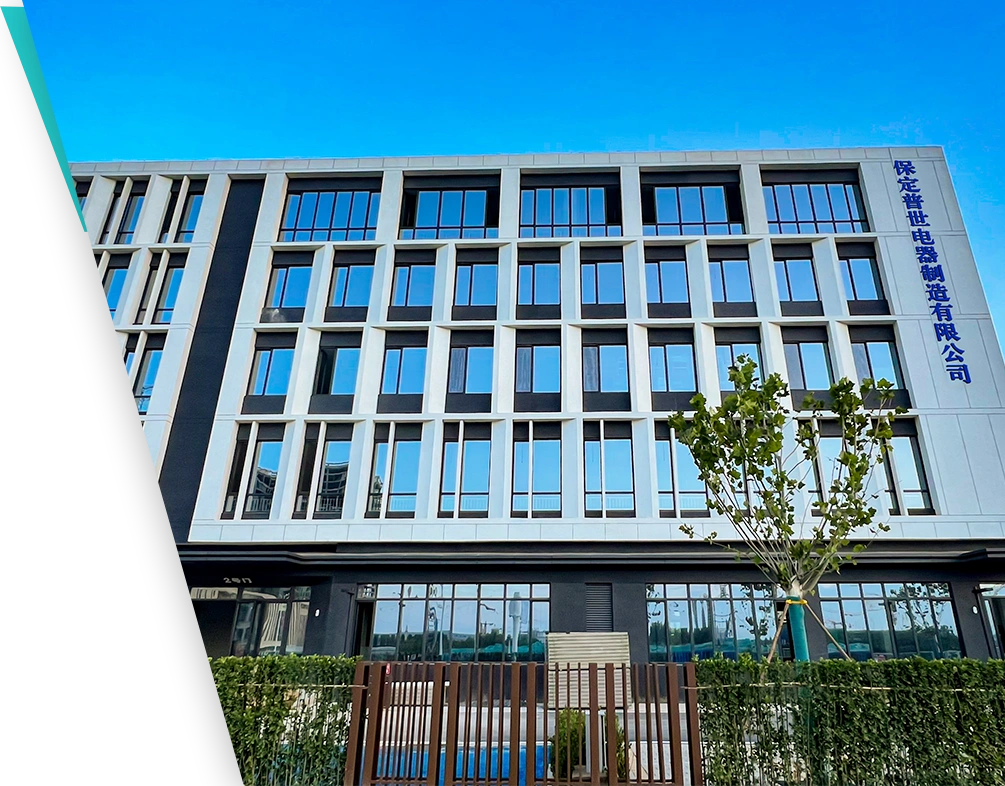 English
English


gas chromatography mass
Gas Chromatography-Mass Spectrometry (GC-MS) An Analytical Powerhouse
Gas chromatography-mass spectrometry (GC-MS) is a powerful analytical technique widely used in various scientific fields, including environmental science, forensics, pharmaceuticals, and food safety. GC-MS combines the features of gas chromatography and mass spectrometry to provide a robust method for separating, identifying, and quantifying chemical compounds in complex mixtures.
The Principles of GC-MS
Gas chromatography relies on the separation of volatile compounds in a gaseous state. In this method, a sample is vaporized and carried through a column by an inert gas, typically helium or nitrogen. The column is coated with a stationary phase that interacts differently with each compound in the sample, leading to varied retention times. As a result, individual components exit the column at different times, allowing for their separation.
Once the compounds are separated, they enter the mass spectrometer for analysis. Mass spectrometry operates by ionizing chemical species and sorting the resulting ions based on their mass-to-charge ratio (m/z). This process involves three main steps ionization, where molecules are transformed into ions; mass analysis, where ions are sorted according to their mass; and detection, where the quantity and type of ions are recorded. The output is a mass spectrum that provides detailed information about the composition of the sample.
Gas Chromatography-Mass Spectrometry (GC-MS) An Analytical Powerhouse
The versatility of GC-MS makes it applicable in numerous settings. In environmental science, GC-MS is instrumental in detecting pollutants in air, soil, and water. It can identify trace levels of pesticides, hydrocarbons, and volatile organic compounds (VOCs), which are critical for assessing environmental contamination and compliance with regulations.
gas chromatography mass

In forensic science, GC-MS plays a vital role in toxicology and drug analysis. It can identify illegal substances and quantify their presence in biological samples, such as blood or urine, aiding investigations and legal proceedings. The specificity and sensitivity of GC-MS enhance the reliability of forensic results, making it a gold standard in many laboratories.
Pharmaceutical industries also utilize GC-MS for drug development and quality control. It enables the identification of active pharmaceutical ingredients (APIs) and excipients, ensuring that formulations meet safety and efficacy standards. Additionally, GC-MS is valuable in metabolic profiling and biomarker discovery, helping researchers understand drug metabolism and its implications for patient care.
Advantages of GC-MS
One of the key advantages of GC-MS is its high sensitivity and specificity. The combination of gas chromatography and mass spectrometry allows for the detection of compounds at very low concentrations, often in the parts per billion (ppb) range. Furthermore, the mass spectrometer can distinguish between isomers and structurally similar compounds, providing accurate identification.
Another significant benefit is the ability to analyze complex matrices. GC-MS can handle various sample types, including biological fluids, food products, and environmental samples. This adaptability is crucial for tackling diverse analytical challenges across different disciplines.
Conclusion
Gas chromatography-mass spectrometry stands as a cornerstone of modern analytical chemistry. Its ability to separate and identify complex mixtures of compounds with high precision and accuracy makes it an invaluable tool in numerous applications. As advancements in technology continue to enhance the capabilities of GC-MS, its importance in research and industry is poised to grow, ensuring continued contributions to science and society.
-
Differences between open cup flash point tester and closed cup flash point testerNewsOct.31,2024
-
The Reliable Load Tap ChangerNewsOct.23,2024
-
The Essential Guide to Hipot TestersNewsOct.23,2024
-
The Digital Insulation TesterNewsOct.23,2024
-
The Best Earth Loop Impedance Tester for SaleNewsOct.23,2024
-
Tan Delta Tester--The Essential Tool for Electrical Insulation TestingNewsOct.23,2024





